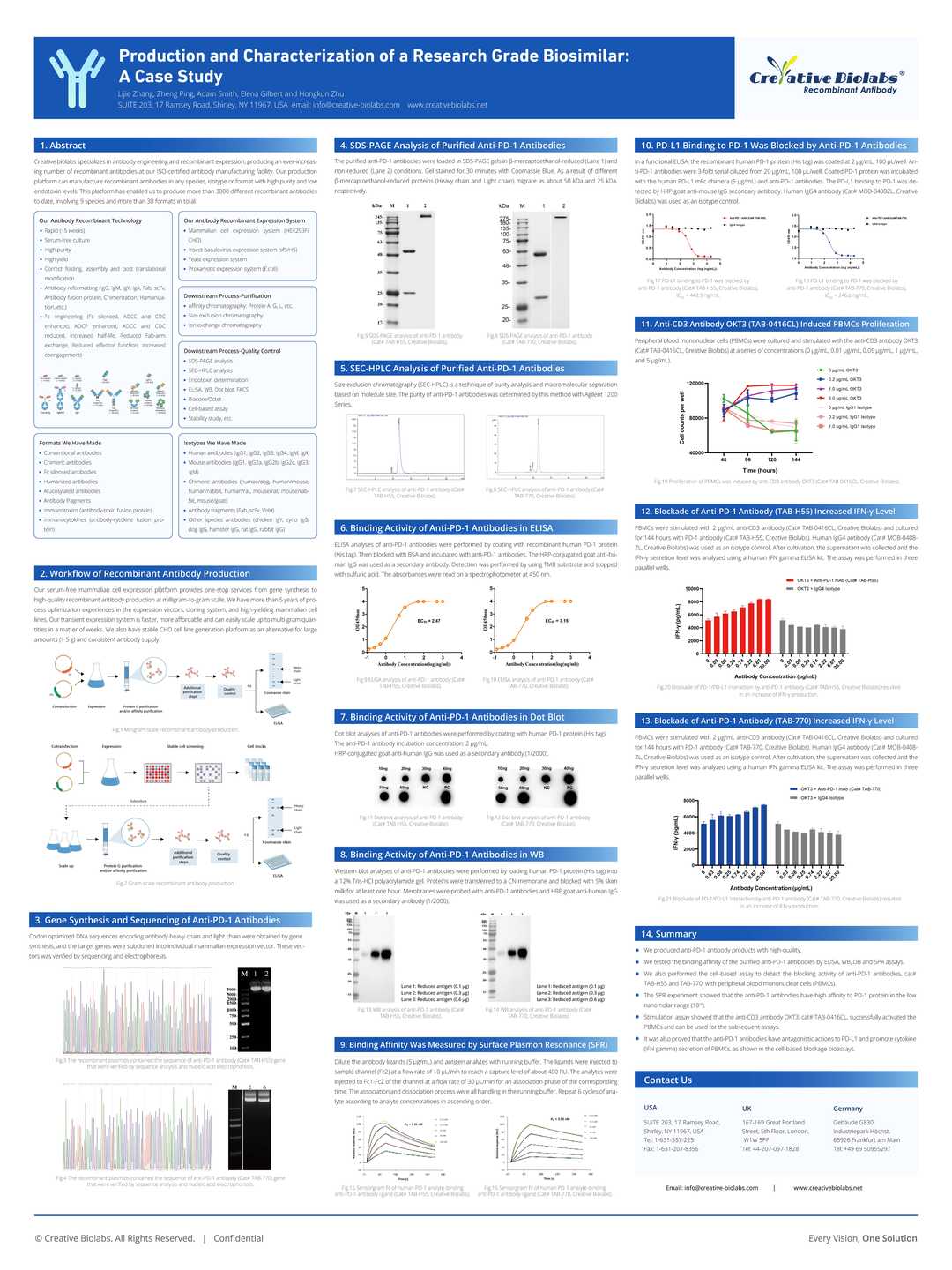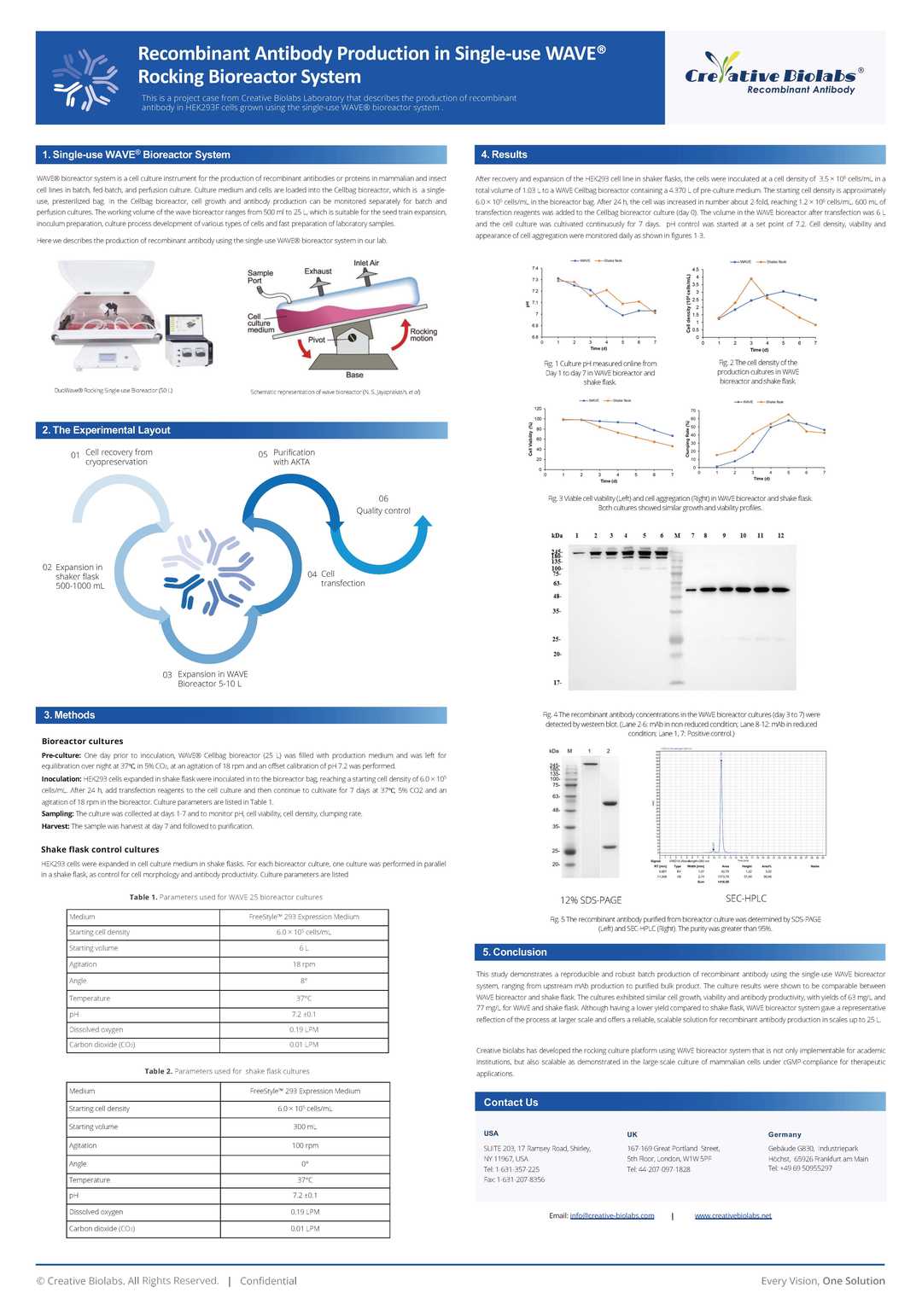Mouse Anti-PGR Recombinant Antibody (clone ABT-PR)
CAT#: VS3-CJ437
This product is a mouse antibody that recognizes human PGR.


Specifications
- Immunogen
- Synthesized peptide derived from human Progesterone Receptor (PR)
- Host Species
- Mouse
- Type
- Mouse IgG1, κ
- Specificity
- Human PGR
- Species Reactivity
- Human
- Clone
- ABT-PR
- Applications
- IHC-P
- Conjugate
- Unconjugated
Product Property
- Purification
- Affinity Chromatography
- Purity
- >95% as determined by SDS-PAGE
- Format
- Liquid
- Buffer
- 50% Glycerol, 0.5% BSA, PBS.
- Preservative
- 0.02% Sodium Azide
- Storage
- Store at 4°C for short term. Aliquot and store at -20°C for long term. Avoid repeated freeze/thaw cycles.
Applications
- Application Notes
- This antibody has been tested for use in Immunohistochemistry-Parraffin (1:100-1:500).
Target
- Alternative Names
- PR; NR3C3
- Gene ID
- 5241
- UniProt ID
- P06401
- Sequence Similarities
- Belongs to the nuclear hormone receptor family. NR3 subfamily.
- Cellular Localization
- Cytoplasm, Membrane, Mitochondrion, Mitochondrion outer membrane, Nucleus
- Post Translation Modifications
- Phosphorylated on multiple serine sites. Several of these sites are hormone-dependent. Phosphorylation on Ser-294 oCcurs preferentially on isoform B, is highly hormone-dependent and modulates ubiquitination and sumoylation on Lys-388. Phosphorylation on Ser-102 and Ser-345 also requires induction by hormone. Basal phosphorylation on Ser-81, Ser-162, Ser-190 and Ser-400 is increased in response to progesterone and can be phosphorylated in vitro by the CDK2-A1 complex. Increased levels of phosphorylation on Ser-400 also in the presence of EGF, heregulin, IGF, PMA and FBS. Phosphorylation at this site by CDK2 is ligand-independent, and increases nuclear translocation and transcriptional activity. Phosphorylation at Ser-162 and Ser-294, but not at Ser-190, is impaired during the G2/M phase of the cell cycle. Phosphorylation on Ser-345 by ERK1/2 MAPK is required for interaction with SP1.
Sumoylation is hormone-dependent and represses transcriptional activity. Sumoylation on all three sites is enhanced by PIAS3. Desumoylated by SENP1. Sumoylation on Lys-388, the main site of sumoylation, is repressed by ubiquitination on the same site, and modulated by phosphorylation at Ser-294.
- Protein Refseq
- NP_000917.3; NP_001189403.1; NP_001258090.1
- Function
- The steroid hormones and their receptors are involved in the regulation of eukaryotic gene expression and affect cellular proliferation and differentiation in target tissues. Depending on the isoform, progesterone receptor functions as transcriptional activator or repressor.
Isoform A: Ligand-dependent transdominant repressor of steroid hormone receptor transcriptional activity including repression of its isoform B, MR and ER. Transrepressional activity may involve recruitment of corepressor NCOR2.
Isoform B: Transcriptional activator of several progesteron-dependent promoters in a variety of cell types. Involved in activation of SRC-dependent MAPK signaling on hormone stimulation.
Isoform 4: Increases mitochondrial membrane potential and cellular respiration upon stimulation by progesterone.
Customer Review
There are currently no Customer reviews or questions for VS3-CJ437. Click the button above to contact us or submit your feedback about this product.
Submit Your Publication
Published with our product? Submit your paper and receive a 10% discount on your next order! Share your research to earn exclusive rewards.
Downloadable Resources
Download resources about recombinant antibody development and antibody engineering to boost your research.
Product Notes
This is a product of Creative Biolabs' Hi-Affi™ recombinant antibody portfolio, which has several benefits including:
• Increased sensitivity
• Confirmed specificity
• High repeatability
• Excellent batch-to-batch consistency
• Sustainable supply
• Animal-free production
See more details about Hi-Affi™ recombinant antibody benefits.
Datasheet
MSDS
COA
Certificate of Analysis LookupTo download a Certificate of Analysis, please enter a lot number in the search box below. Note: Certificate of Analysis not available for kit components.
Secondary Antibody
- CAT
- Product Name
Recommended Dilution Buffer
- CAT
- Product Name
See other products for "PGR"
Select a product category from the dropdown menu below to view related products.
| CAT | Product Name | Application | Type |
|---|---|---|---|
| MOB-1277z | Mouse Anti-PGR Recombinant Antibody (clone 11H4) | WB, FC, IHC | Mouse IgG1 |
| CAT | Product Name | Application | Type |
|---|---|---|---|
| MOB-0335MZ | Recombinant Mouse Anti-Human Progesterone Receptor Antibody (clone QgR 637) | IHC | Mouse antibody |
| CAT | Product Name | Application | Type |
|---|---|---|---|
| BRD-0440MZ | Chicken Anti-Progesterone Receptor Polyclonal IgY | WB | Chicken antibody |
| CAT | Product Name | Application | Type |
|---|---|---|---|
| MOR-2683 | Hi-Affi™ Recombinant Rabbit Anti-PGR Monoclonal Antibody (DS2683AB) | IHC-P | IgG |
| CAT | Product Name | Application | Type |
|---|---|---|---|
| MRO-1274-CN | Recombinant Rabbit Anti-PGR Monoclonal Antibody (JF0549) | WB, IF, IHC, IP | Rabbit IgG |
| CAT | Product Name | Application | Type |
|---|---|---|---|
| MRO-2132-CN | Rabbit Anti-PGR Polyclonal Antibody (MRO-2132-CN) | IF, IHC | Rabbit IgG |
| CAT | Product Name | Application | Type |
|---|---|---|---|
| MRO-2133-CN | Rabbit Anti-PGR Polyclonal Antibody (MRO-2133-CN) | WB, IF, FC | Rabbit IgG |
| CAT | Product Name | Application | Type |
|---|---|---|---|
| VS-0424-XY212 | AbPlus™ Anti-PGR Magnetic Beads (C262) | IP, Protein Purification |
| CAT | Product Name | Application | Type |
|---|---|---|---|
| VS-1024-XY412 | Mouse Anti-NHP PGR Recombinant Antibody (clone PR-AT 4.14) | WB, IHC | Mouse IgG1 |
| CAT | Product Name | Application | Type |
|---|---|---|---|
| VS-0525-XY5355 | Anti-PGR Immunohistochemistry Kit | IHC |
| CAT | Product Name | Application | Type |
|---|---|---|---|
| VS-0525-XY5356 | Anti-Human PGR Immunohistochemistry Kit | IHC |
| CAT | Product Name | Application | Type |
|---|---|---|---|
| VS-0525-XY5357 | Anti-Mouse PGR Immunohistochemistry Kit | IHC |
Popular Products

Application: IP, IF, FuncS, FC, Neut, ELISA, ICC

Application: Neut, ELISA, IF, IP, FuncS, FC, WB

Application: ELISA, FC, IP, FuncS, IF, Neut, ICC

Application: WB, Neut, ELISA, IF, IP, FuncS, FC

Application: IP, IF, FuncS, FC, Neut, ELISA, IHC

Application: ELISA, SPR, Inhib, FuncS

Application: ELISA, Inhib, FC

Application: WB, ELISA, FC, IHC, IP

Application: ELISA, FuncS
-4.jpg)
Application: FC

Application: ELISA, Block, WB, FC, IP

Application: WB, IHC-Fr, IHC-P, ICC, IF
For research use only. Not intended for any clinical use. No products from Creative Biolabs may be resold, modified for resale or used to manufacture commercial products without prior written approval from Creative Biolabs.
This site is protected by reCAPTCHA and the Google Privacy Policy and Terms of Service apply.

















